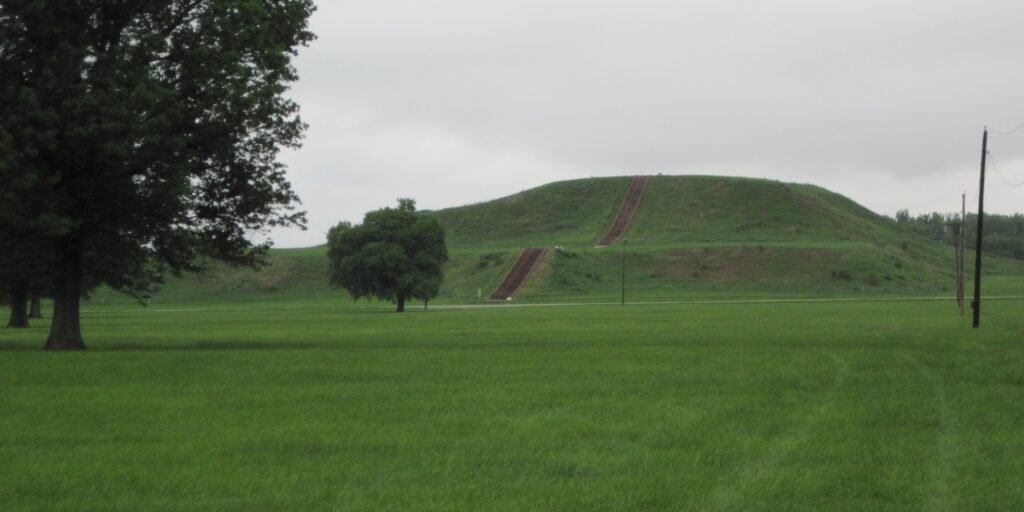Scattered across North America’s landscape like ancient secrets waiting to be uncovered, thousands of mysterious earthen mounds rise from the ground, their origins shrouded in mystery and their age far more remarkable than most people realize. For decades, archaeologists have been pushing back the timeline of these incredible structures, discovering that some predate the famous pyramids of Egypt by thousands of years.
These aren’t just simple hills or natural formations. You’re looking at some of the most sophisticated engineering achievements of prehistoric America, built by Indigenous peoples who possessed advanced knowledge of astronomy, mathematics, and large-scale construction management. Let’s dive into the fascinating world of these ancient mounds and discover why they’re rewriting our understanding of early American civilizations.
Louisiana’s Hidden Archaeological Treasures
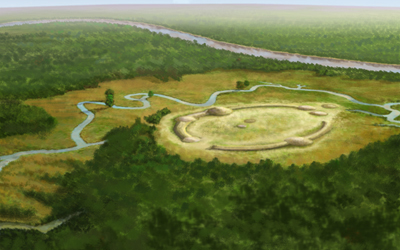
You might be surprised to learn that Louisiana holds some of North America’s most remarkable archaeological secrets. Ouachita Parish in north Louisiana is home to the oldest earthwork mound complex in North America, constructed approximately 5,400 years ago, known as Watson Brake. This incredible site challenges everything we thought we knew about early American civilizations.
Dated to about 5400 years ago (approx. 3500 BCE), Watson Brake is considered the oldest earthwork mound complex in North America. It is older than the Ancient Egyptian pyramids or Britain’s Stonehenge. Think about that for a moment. While ancient Egyptians were just beginning to develop their pyramid-building techniques, Indigenous Americans were already creating massive earthwork complexes in the Louisiana wilderness.
The Watson Brake Discovery That Changed Everything
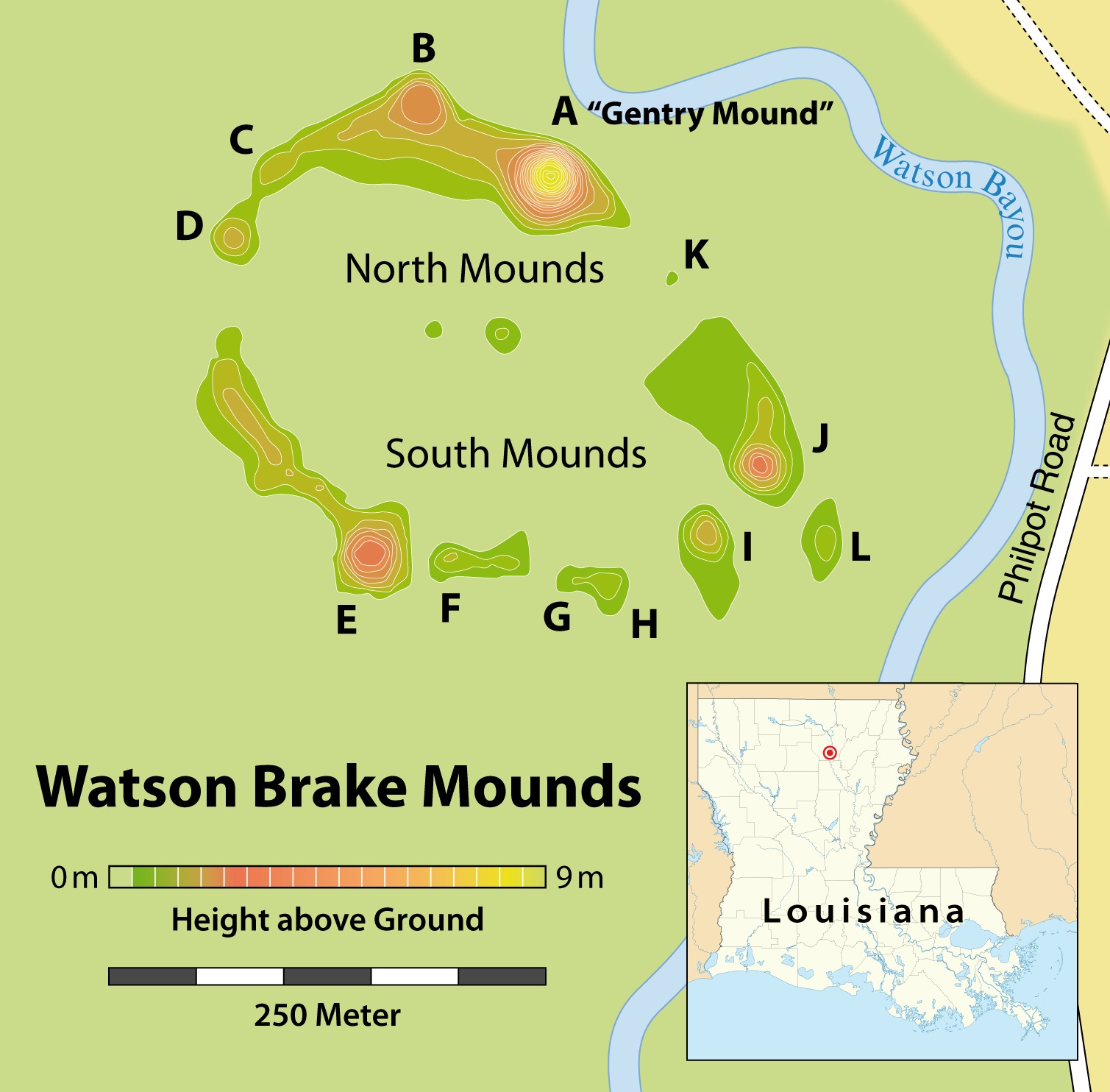
In the early 1980s, Reca Bamburg Jones, a local resident, brought this site to the attention of professional archaeologists. By 1981, after logging had revealed more of the site, Jones identified the pattern of eleven mounds connected by ridges, a complex that was 280 yards across. Sometimes the most significant discoveries come from observant locals who notice something extraordinary in their own backyard.
Since the 1990s, radiocarbon dating by a team from Northeast Louisiana University established the great antiquity of the site. The team of Joe W. Saunders et al. published a paper in Science in 1997 that established the age of the mound complex. The analysis of 27 radiocarbon dates indicates that the site was initially occupied around 4000 BCE during the Middle Archaic period. Mound construction began at approximately 3500 BCE, and continued for approximately 500 years.
What makes Watson Brake even more remarkable is that it was developed over centuries by a hunter-gatherer society, rather than by what was known to be more common of other, later mound sites: a more sedentary society dependent on maize cultivation and with a hierarchical, centralized polity. The discovery and dating of Watson Brake as a Middle Archaic site demonstrate that the pre-agricultural, pre-ceramic, indigenous cultures within the territory of the present-day United States were much more complex than previously thought.
LSU Campus Mounds: America’s Oldest Structures
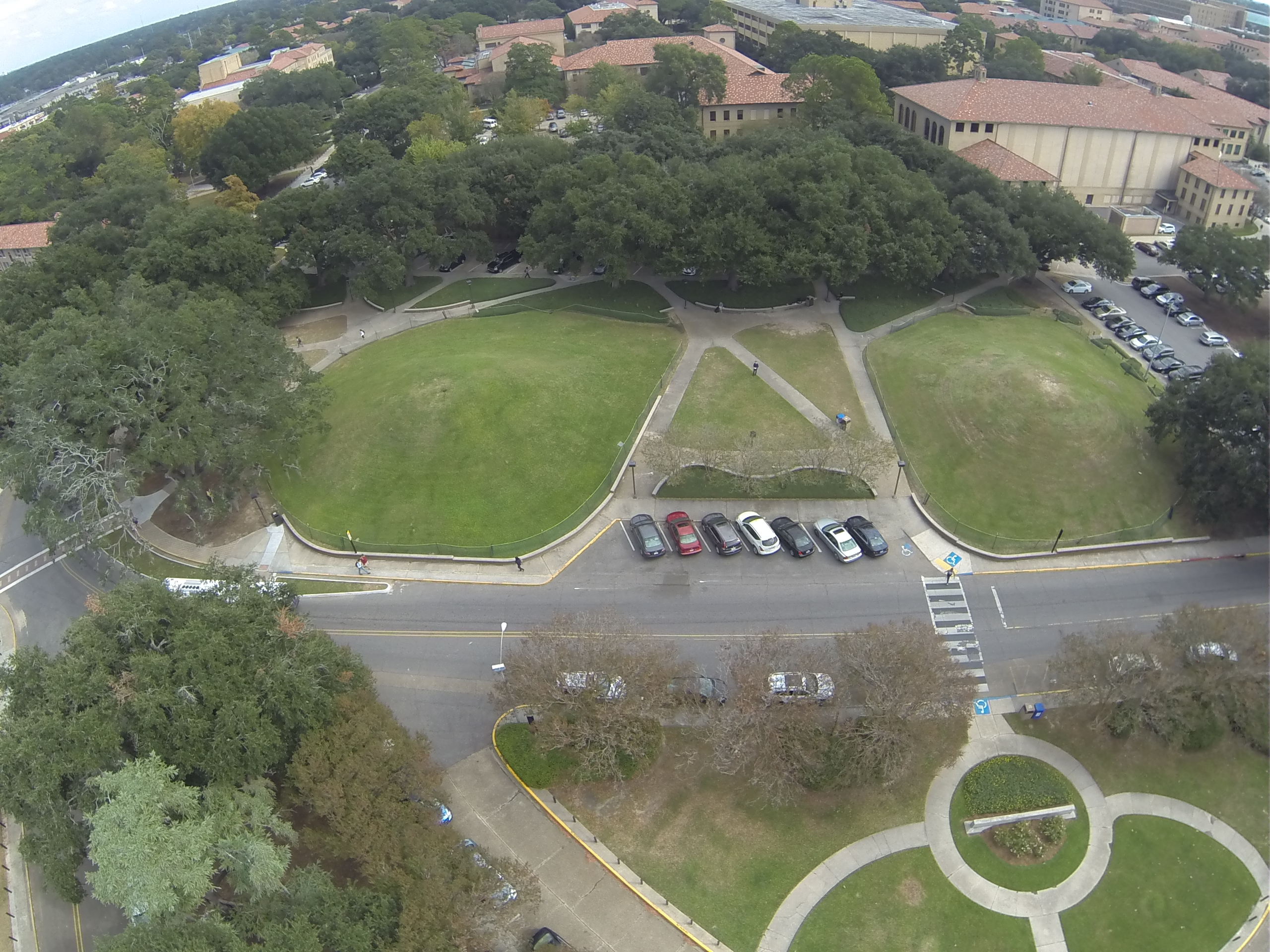
At the north end of Louisiana State University’s (LSU) campus sit two grassy mounds, rising in a gentle slope to a height of about 20 feet (6 meters). You could walk right past these unassuming grassy hills without realizing you’re witnessing the oldest human-made structures in the Americas.
And researchers recently found that the oldest mound is 11,000 years old, making it the oldest human-made structure discovered in either North or South America. To put this in perspective, these mounds were ancient when the first Egyptian pyramid was being planned. The finding reveals that both mounds are older than the ancient Egyptian pyramids; the oldest pyramid, the Step Pyramid of Djoser, was constructed at Saqqara about 4,650 years ago.
A large depression in the ground near LSU’s Hill Memorial Library hinted that Mound B was probably constructed from material in that area starting around 11,000 years ago. Over thousands of years, ancient humans continued to build up the mound with clay and by burning plants and animals on the mound. Then, around 8,200 years ago, Mound B was abandoned – and researchers aren’t sure why.
The Poverty Point Phenomenon
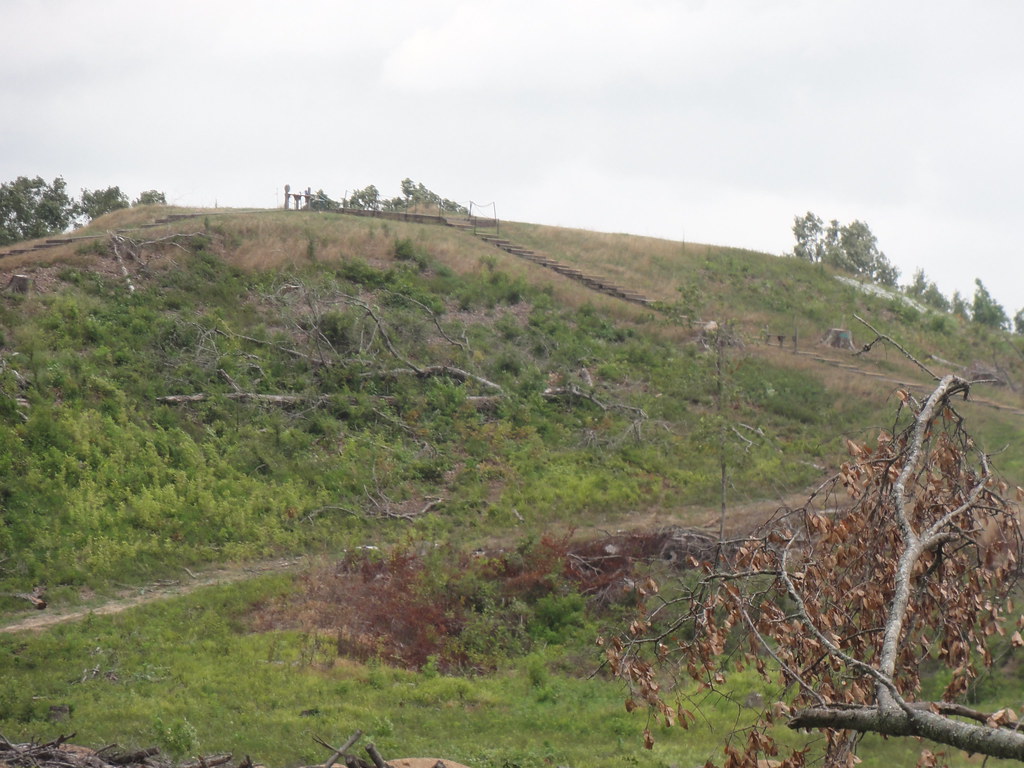
Poverty Point is an archaeological and historic site in Louisiana, USA, dated to c. 1700-1100 BCE, enclosing one of the most significant Native American mound sites from Pre-Colonial America. While not as old as Watson Brake, Poverty Point represents something equally extraordinary: the sheer scale of human ambition and organization.
At Poverty Point, American Indians moved 981,000 cubic yards or more of dirt by hand to construct five earthen mounds, six earthen ridges, and a large flat plaza. (That’s enough dirt to fill nearly 300 Olympic-sized swimming pools!) Imagine coordinating such a massive construction project without modern machinery, communications, or transportation systems.
The C-shaped ridges at Poverty Point are unique; no similar constructions are known anywhere else in the world. Possibly the greatest challenge of living at Poverty Point was that there was no nearby source of stone. It has been estimated that Poverty Point imported around seventy-eight tons of exotic stone from sources as far as 700 miles away.
Evidence of Advanced Ancient Societies
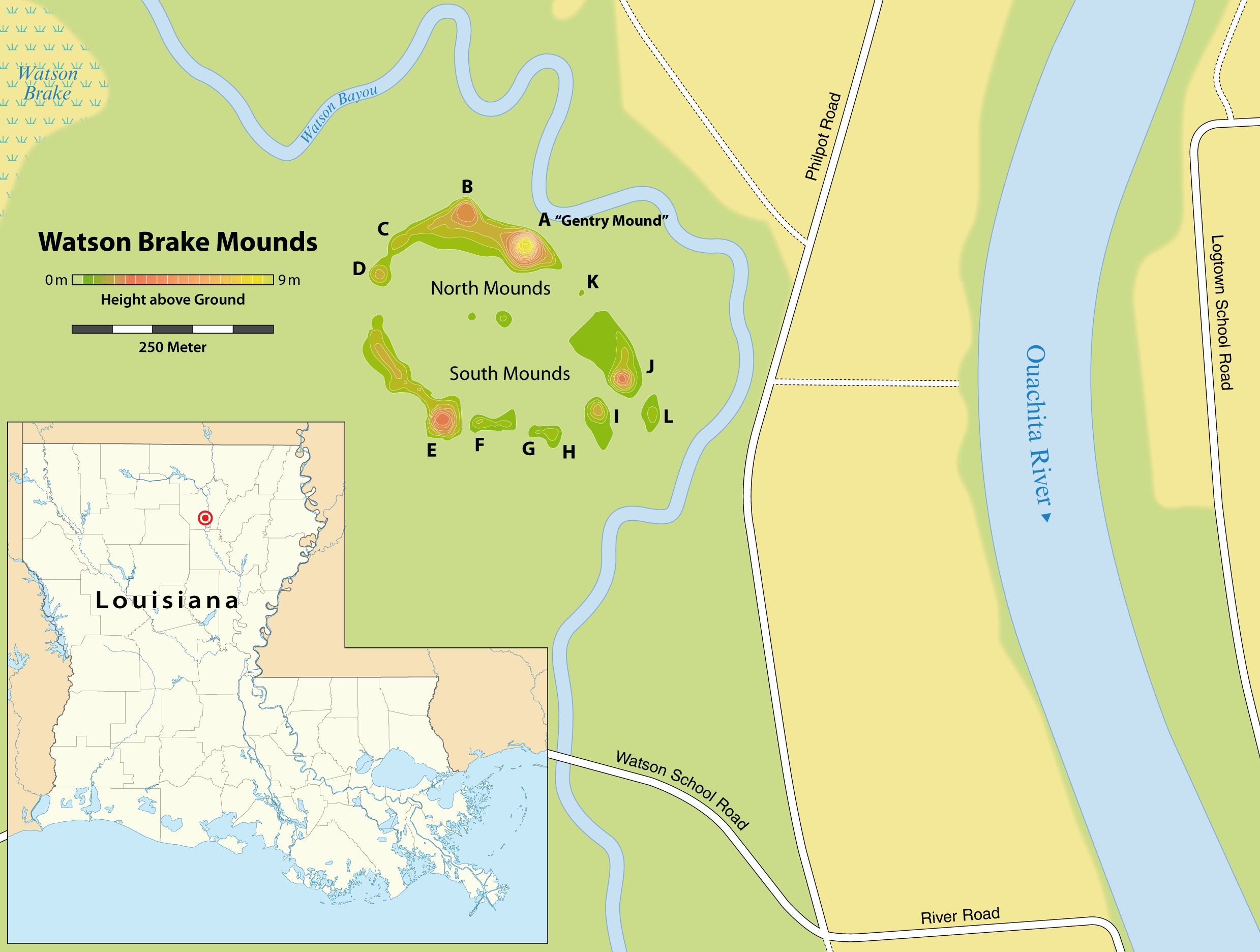
The mounds throughout North America tell a story of sophisticated societies that challenges many preconceived notions about prehistoric cultures. Archaeological evidence shows that mound building in North America dates back nearly 5,000 years. The earliest known mound complex, Watson Brake in present-day Louisiana, was constructed around 3500 BCE – older than Stonehenge in England and the Great Pyramids of Egypt.
These weren’t random constructions either. For others, mounds served as platforms for temples or elite residences, elevating leaders both physically and symbolically above the community. Many were carefully aligned with celestial events – the rising sun at the solstice, the paths of stars – indicating that mound building was not only practical but profoundly spiritual, connecting earth to sky, people to cosmos.
The researchers also discovered a stellar characteristic of the mounds – they line up just 8.5 degrees east of north, which is where the giant red star Arcturus would have appeared in the night sky thousands of years ago. This astronomical alignment suggests these ancient builders possessed sophisticated knowledge of celestial movements.
The Destruction and Preservation Challenge
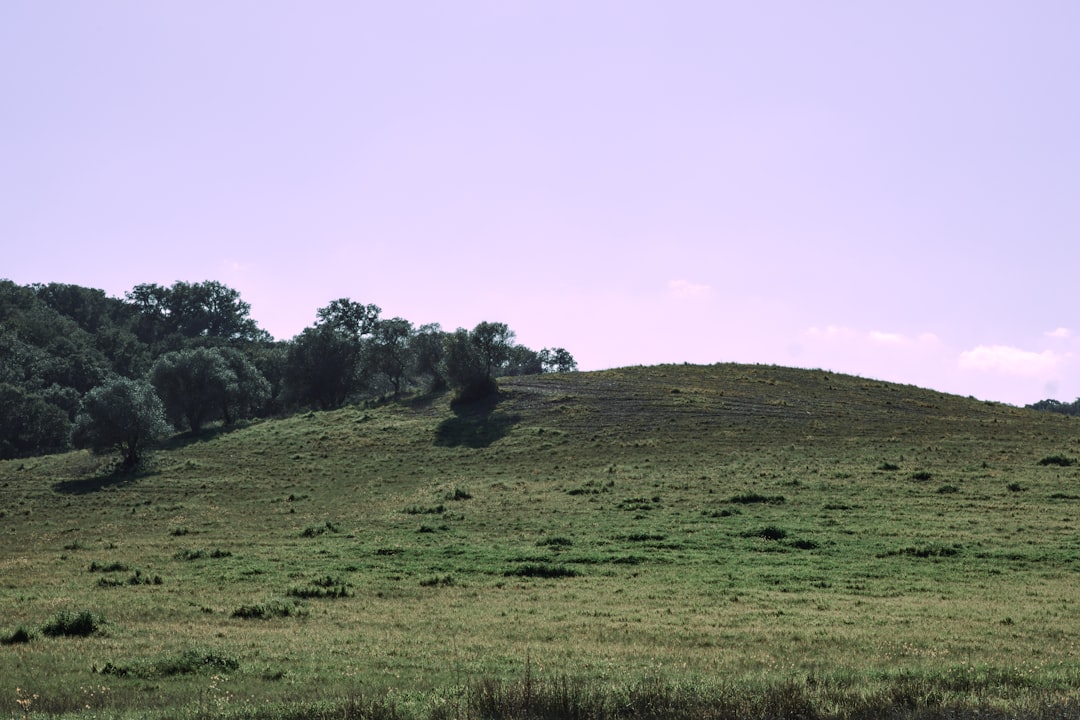
For centuries, the mounds were plundered, leveled for farmland, or destroyed in urban expansion. Many thousands once existed; only a fraction remain. You’re witnessing the remnants of what was once a much larger network of these remarkable structures across the continent.
European settlers, not knowing what the mounds were and periodically mistaking them for naturally formed hills, destroyed many out of ignorance while others were purposefully eliminated to make room for town and city expansions and still more were looted for treasures to be sold on the antiquities market and severely damaged or demolished in that way. Even when it was understood that these mounds were significant paragons of ancient native architecture, landowners still destroyed them to prevent the state or other agencies from trying to take their land in the interests of preservation.
The story of commercial looting at sites like Spiro Mounds in Oklahoma illustrates this tragedy perfectly. During two years the commercial diggers destroyed about one-third of the mound and sold thousands of artifacts, made of stone, copper, shell, basketry, and fabric, to collectors throughout the world. Dubbed the “King Tut of the Arkansas Valley” by the Kansas City Star in 1935, the site yielded artifacts in greater numbers, in better preservation, and showing more elaborate, artistic, sophisticated decoration than any other Mississippian site.
Spiro Mounds: The Western Mississippian Marvel
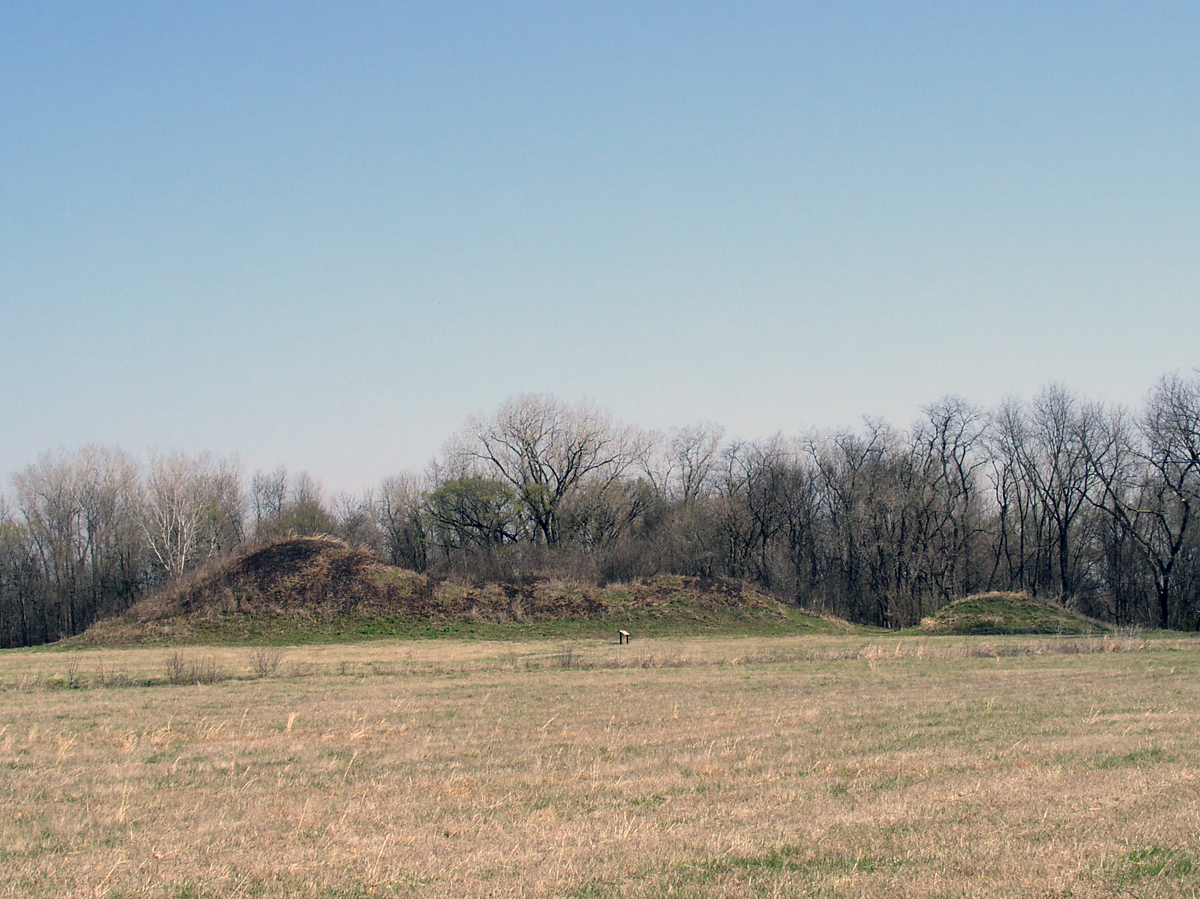
Spiro Mounds (34 LF 40) is an Indigenous archaeological site located in present-day eastern Oklahoma. The site was built by people from the Arkansas Valley Caddoan culture that remains from an American Indian culture that was part of the major northern Caddoan Mississippian culture. Between the 9th and 15th centuries, the local Indigenous people created a religious and political center, culturally linked to the Southeastern Ceremonial Complex identified by anthropologists as the Mississippian Ideological Interaction Sphere (MIIS).
“The single most powerful group ever to exist” in the U.S., according to Dennis Peterson, executive director of the Spiro Mounds Archeological Center. “The people who lived [in Spiro] came to control what we call the Mississippian culture. So pretty much all the United States except for the far northeast and the far northwest, Spiro either had trade with, communication with or direct control over for over 350 years with almost no use of violent warfare,” he says.
Each group was more or less independent although tied to the four regional mound centers. These regional mound centers included Cahokia, where East St. Louis is now, Moundville in Alabama, Etowah in Georgia, and Spiro in eastern Oklahoma. This network demonstrates the sophisticated political and trade relationships that existed across vast distances in prehistoric America.
The Monks Mound Legacy
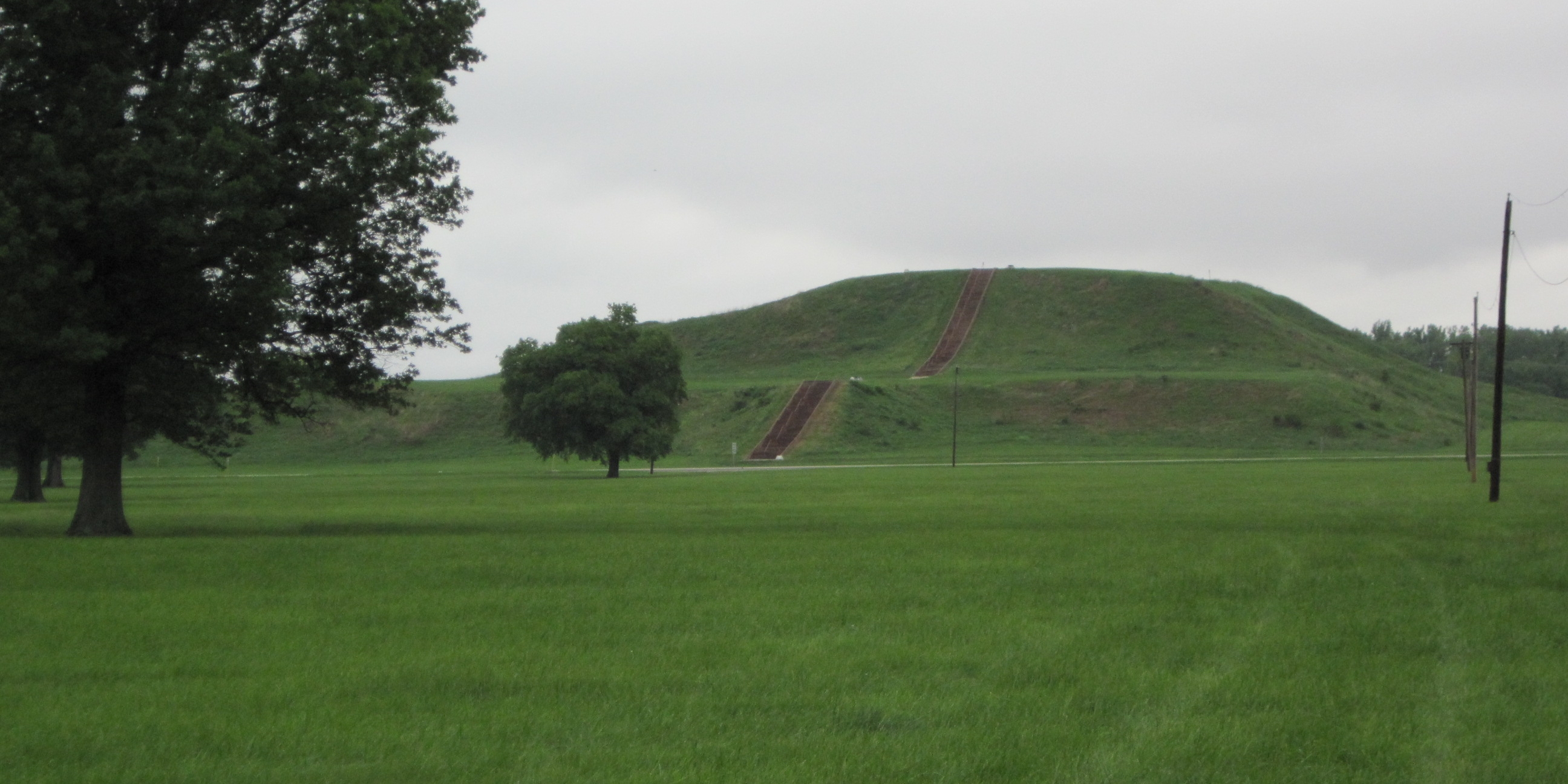
While not as ancient as Louisiana’s earliest mounds, Monks Mound at Cahokia represents the pinnacle of North American earthwork construction. Monks Mound is the largest Pre-Columbian earthwork in the Americas and the largest pyramid north of Mesoamerica. The beginning of its construction dates from 900 to 955 CE. Located at the Cahokia Mounds UNESCO World Heritage Site near Collinsville, Illinois, the mound size was calculated in 1988 as about 100 feet (30 m) high, 955 feet (291 m) long including the access ramp at the southern end, and 775 feet (236 m) wide.
This makes Monks Mound roughly the same size at its base as the Great Pyramid of Giza (13.1 acres / 5.3 hectares). The perimeter of its base is larger than the Pyramid of the Sun at Teotihuacan. Yet unlike those famous stone monuments, this was built entirely from basketloads of earth carried by human labor.
Cahokia reached its highest population around 1100 CE with about 15,000-20,000 people, which was probably a little more than the populations of London and Paris at that time. For comparison, it was not until the late 1700s that American cities like New York City and Philadelphia had more people than Cahokia.
New evidence continues to reshape our understanding of these remarkable ancient structures. These mounds represent far more than simple earthworks. They’re testament to the sophisticated engineering capabilities, astronomical knowledge, and complex social organization of Indigenous American societies that thrived thousands of years before European contact. The next time you hear about ancient wonders of the world, remember that some of the oldest and most impressive ones have been hiding in plain sight across North America all along.
What would you have guessed about the age of these remarkable structures before learning they predate the pyramids? The story of these ancient mounds reminds us that history still holds countless surprises waiting to be discovered.

